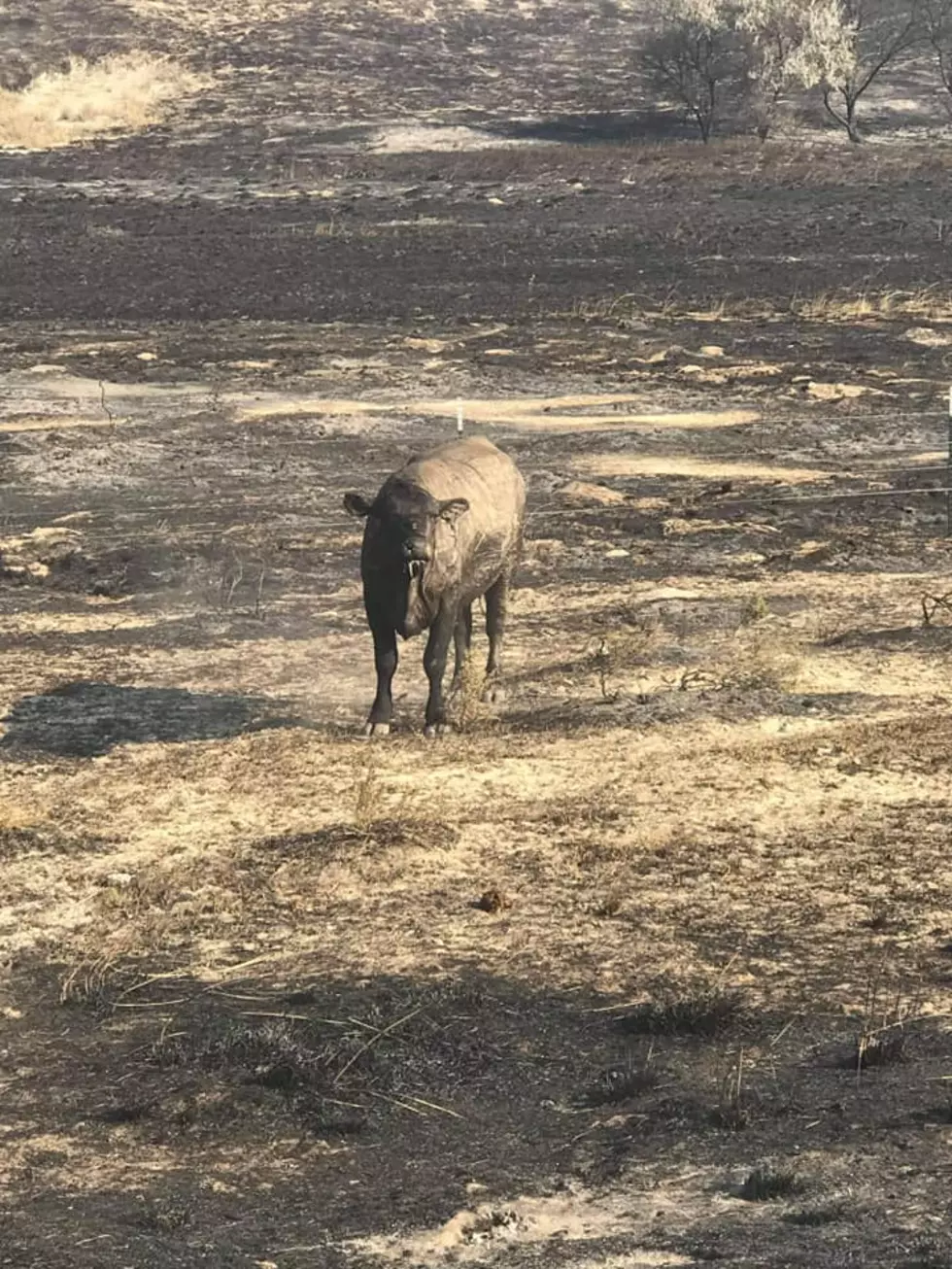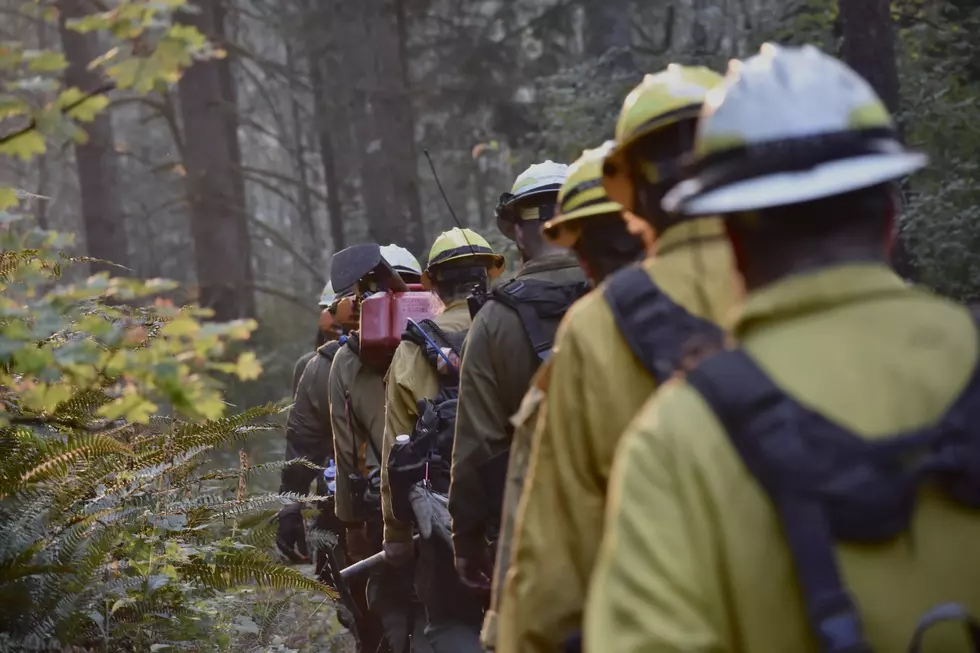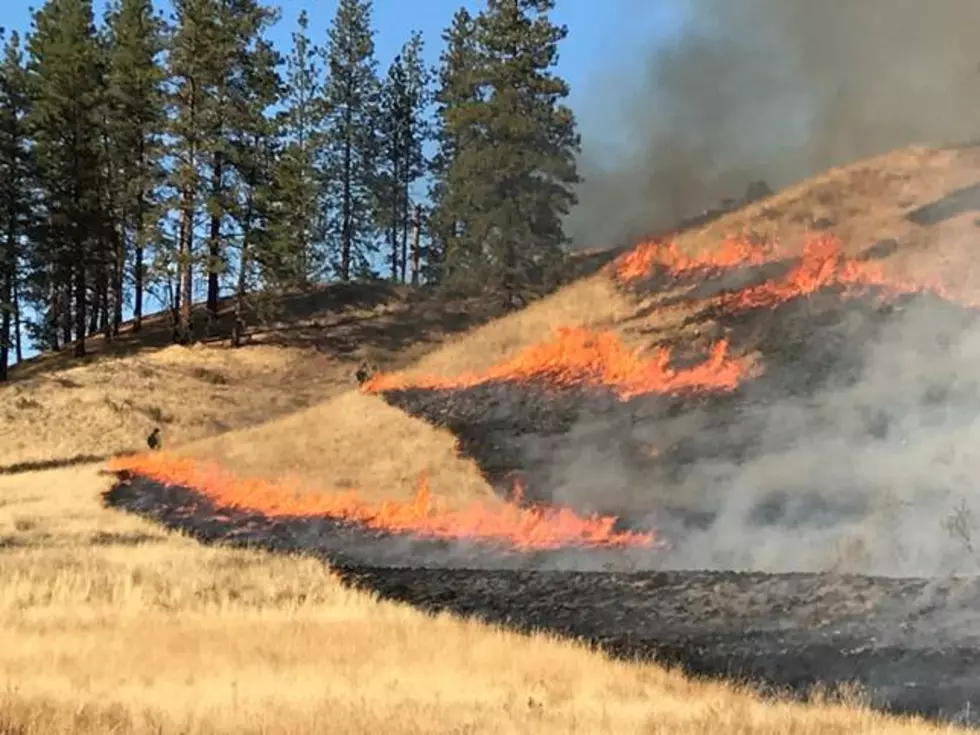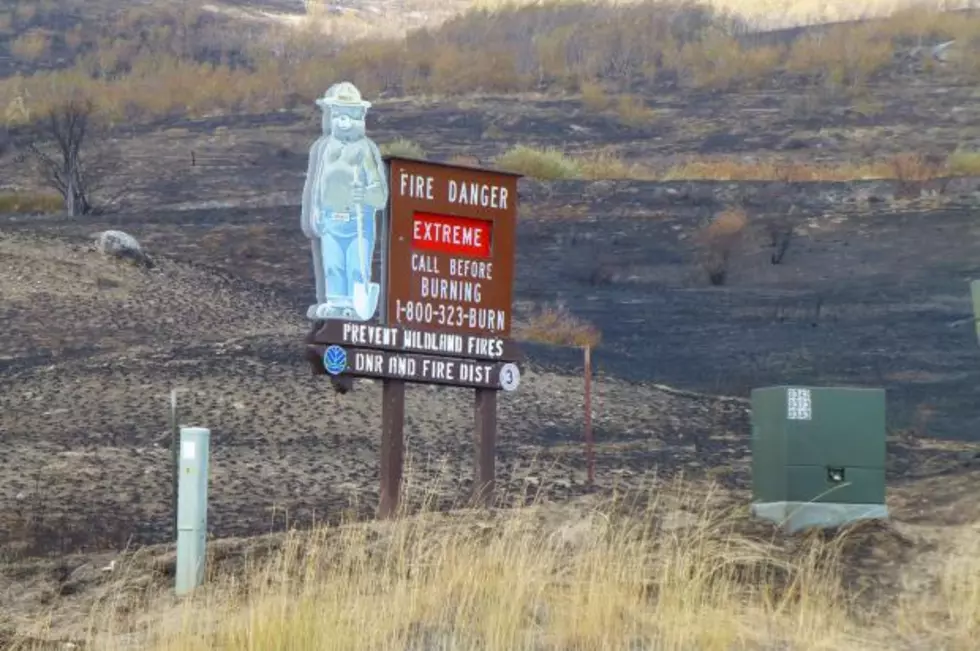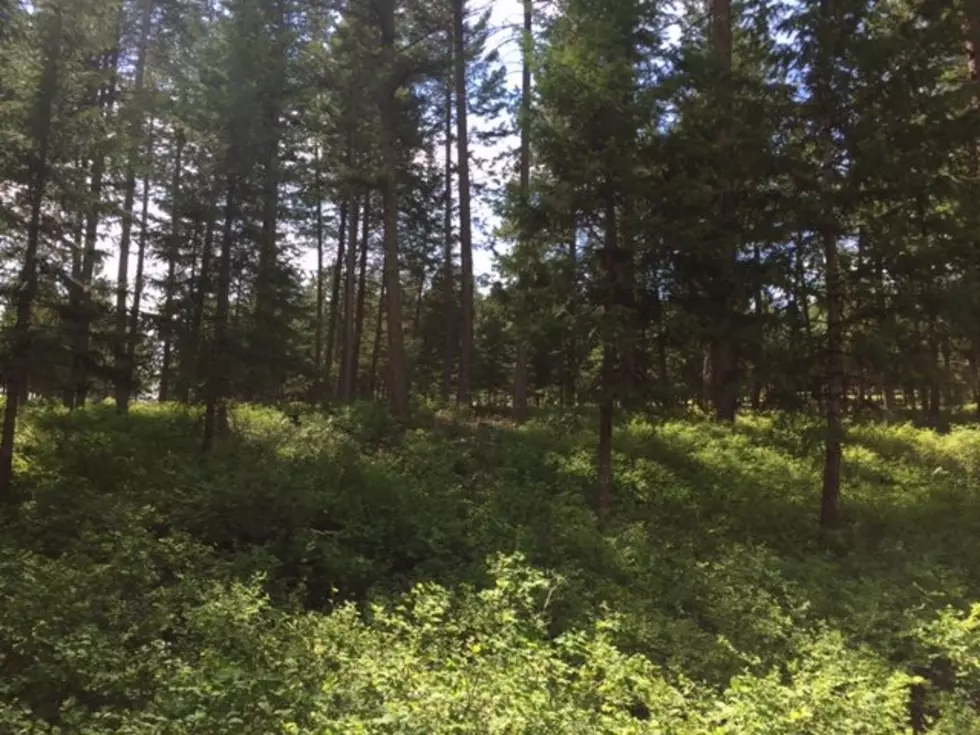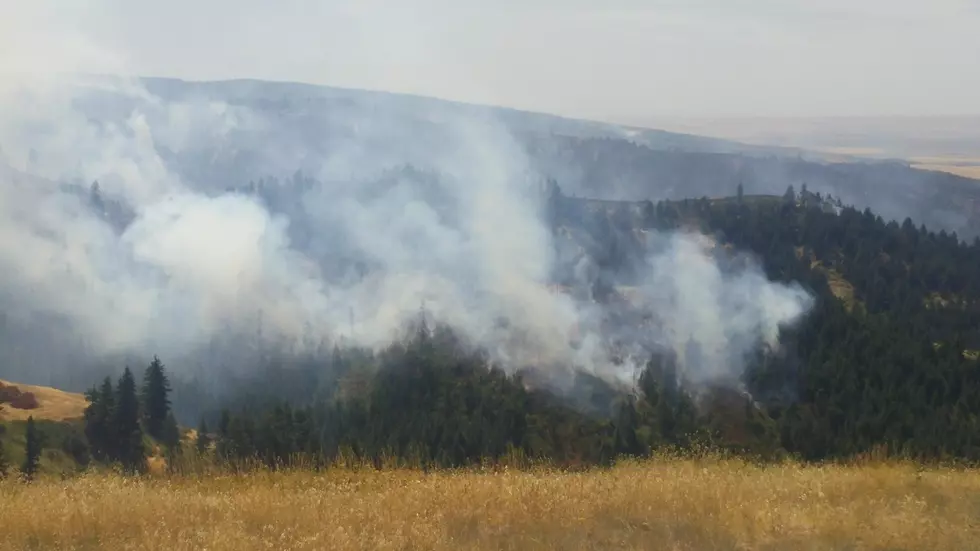
Washington Kicks Off Summer Fire Rules
The state of Washington began summer fire rules Sunday. The prevention measures, according to state officials are intended to protect life and property now through October 15th on 13 million acres of DNR-protected lands.
The Sunday start day was triggered by state law.
Property owners are encouraged to reduce fire risk to their homes and land by keeping dead vegetation off of roofs, and away from buildings. It’s also a good idea to have a defensible space roughly 100 feet surrounding all buildings. Last year, more than 32,800 acres of DNR-protected lands were consumed by 815 wildfires. Of those wildfires, 90% were human-caused.
“Whether fire season is delayed or not, Washington’s forests always face the threat of wildfire,” said Commissioner of Public Lands Hilary Franz. “We’re preparing now to be ready for fire season before the weather heats up, and I encourage all our neighbors to do the same.”
Property owners can reduce fire risk to their homes and lands by keeping dead vegetation off roofs and away from buildings. The Firewise program explains how to use these techniques and offers incentives to communities who follow Firewise principles. While mountain basins currently have an above average snowpack, the risk of wildfires can change rapidly during spring’s warmer, dryer weather. Among other things, that means people working in the woods or clearing land need to have fire prevention equipment on hand.
Washington’s summer fire rules
Washington’s “summer fire rules” are in effect April 15 through October 15. These rules apply to the 13 million acres of private and state forestlands protected from wildfire by DNR.
These regulations affect loggers, firewood cutters, land clearers, road builders, heavy equipment operators, off-road motorcyclists, and others. During fire season, people using motorized equipment in the woods must have approved spark arresters and follow fire safety precautions. In addition, those working in the woods must have fire prevention and extinguishing equipment in good working order at the job site and workers trained in proper use.
The rules are intended to prevent forest fires and to extinguish small fires before they spread to the forested lands. These rules restrict cigarette smoking in forested areas to roads, gravels pits, or other clearings and prohibit lighting fireworks on forestland.
Stay connected during wildfire season
DNR’s Fire Twitter: http://twitter.com/waDNR_fire
DNR Fire Update: http://www.dnr.wa.gov/Wildfires
Incident Information System (InciWeb): http://inciweb.nwcg.gov/
Industrial restrictions available by phone and Internet
Industrial Fire Precaution Levels (IFPL) may change daily and classify varying levels of potential fire hazard in different parts of the state. People who work in the woods must observe the IFPL. More information is available from the following sources:
DNR’s website at http://www.dnr.wa.gov/ifpl. Click to review regional precaution levels, a map of current shutdown zones, and a copy of DNR’s Industrial Fire Precaution Level Bulletin.
DNR’s toll-free business line at 1-800-527-3305 plays a message identifying daily industrial fire precaution levels, which are listed by geographical region. The hearing impaired can phone Telephone Device for the Deaf at 1-800-833-6388.
Email DNR at RPD@dnr.wa.gov. Ask questions or request a copy of DNR’s Industrial Fire Precaution Level Bulletin or additional information on safe outdoor burning of forest debris and safe recreational campfire tips.
DNR wildfire and agency leadership
The Commissioner of Public Lands, Hilary Franz, oversees the Department of Natural Resources and its responsibility to prevent and fight wildfires on 13 million acres of private, state and tribal-owned forestlands. This includes supervising the state’s largest on-call fire department, which participates in Washington's coordinated interagency approach to firefighting, as well as managing 3 million acres of state trust lands, 2.6 million acres of state aquatic lands, 92 state natural areas, rule administration across 12 million acres of Washington forestlands and the Washington State Geology Survey.
If you have a story idea for the Washington Ag Network, call (509) 547-1618, or e-mail gvaagen@cherrycreekradio.com
More From PNW Ag Network
